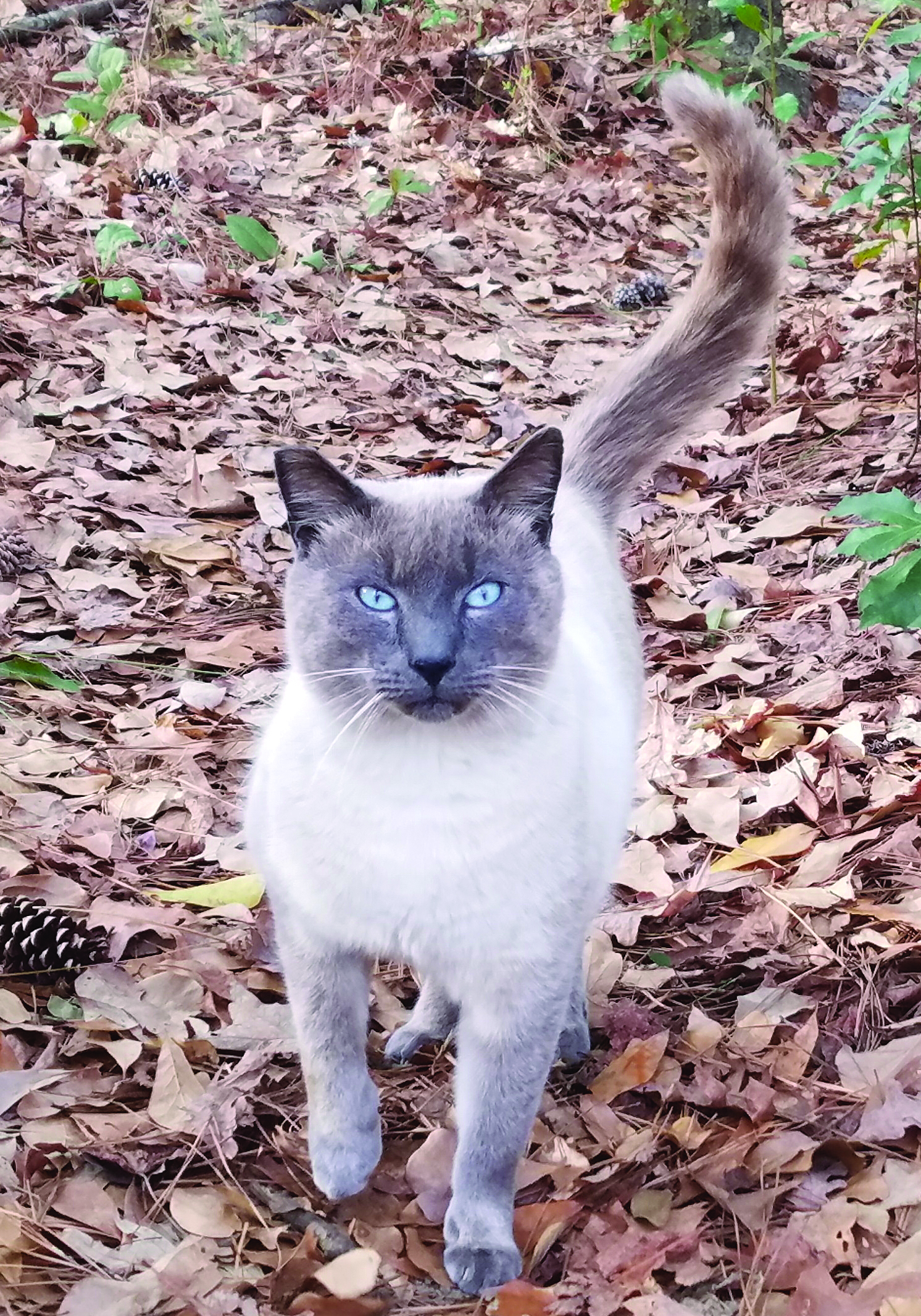Hannah Hanlon, Staff Contributor
Students on campus may occasionally notice cats crossing their paths. These furry residents are the focus of the non-profit Friends of Cats Organization.
The main goals of the organization are to feed the cats, find homes for them when possible, provide medical care to animals that are injured or sick.
Barbara Brown, President of Friends of Cats, began working at the Lane Library in 2001 where she would notice two kittens every morning.
She began feeding them.
It wasn’t long before she began to realize that there were more.
“I was familiar with the problem of feral cat overpopulation in Savannah but didn’t know it existed at Armstrong,” said Brown. She soon saw that more kittens and several adult cats started showing up to be fed, all of them feral and very skittish.
Around the same time, the university administration became concerned about the growing cat population on campus and decided something needed to be done.
Brown said that there were several individuals on campus who were feeding the cats and getting them immunized, but it wasn’t a coordinated effort.
In addition, each person was caring for the cats’ needs and paying out of their own pockets for the expenses.
It made sense to come together as a group and form the organization that came to be known as Friends of Cats.
“Using humane traps, we began systematically trapping, neutering and immunizing the campus population. We also kept medical records and photos of the cats and set up a website so we could keep track of which ones had been ‘fixed’ and which ones hadn’t,” Brown said.
“Since no one else seemed to want the position, I became the President of Friends of Cats.”
Anne Hanne started work at Armstrong in 2002 and began feeding a stray cat that showed up outside a building on campus. She eventually met Brown, was introduced to Friends of Cats that same year and began volunteering to feed the cats.

“It was obvious that the cat population was out of control and a humane solution needed to be found. Friends of Cats was created to deal with a difficult situation in a humane way,” said Hanne.
Although retired since 2015, Hanne still feeds the cats and helps with special events.
The main benefit of the program has been to enable the cats to live out their natural lives in a healthy way.
Additionally, the previously out-of-control population has decreased significantly since the beginning of the program. According to Brown, there are currently 24 cats on campus, which has dropped down from the 150 that were previously counted in 2001.
Due to feeding the cats twice per day at feeding sites located around campus, trapping, vaccinating and sterilizing the cats, the health of the animals improved greatly and the campus cat population began to drop steadily.
One of the challenges includes keeping enough volunteers to continue the program. Student volunteers graduate, staff volunteers sometimes retire or move away, and it is difficult to find new volunteers.
Another challenge is the emotional distress that is felt when losing any of the cats.
Lastly, it is not easy to finance the feeding and vet care for the campus colony.
“I think that the campus and students have benefitted from the results of our program because today the cat population is small, manageable and healthy,” says Brown. “And all of this has been accomplished without the University having to spend a dime.”
Anyone who is interested in volunteering for Friends of Cats can contact Barbara Brown at bbbrown@georgiasouthern.edu or 912-961-9960.
To learn more about the organization and the cats, visit the website at friendsofcats.freeservers.com






